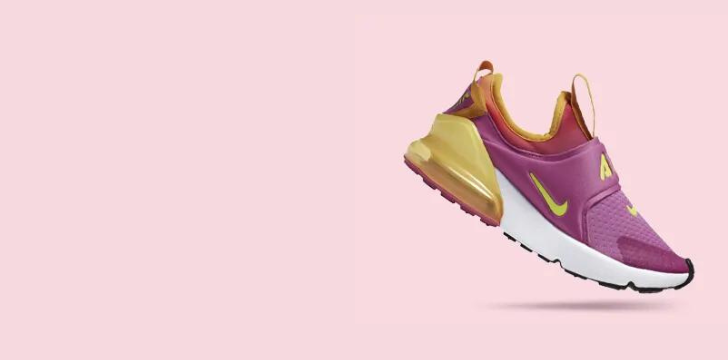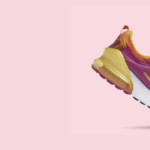
In recent years, the sneaker industry has undergone a radical transformation. No longer just a symbol of athleticism, sneakers and shoes have become an essential part of everyday fashion.
1. Sleek White Sneakers: The Timeless Trend
White sneakers, whether in low-top or high-top styles, are a timeless trend. Their minimalist design allows them to pair effortlessly with virtually any outfit, from casual jeans to athleisure to even semi-formal looks. Brands like Nike, Adidas, and Puma have mastered the art of blending comfort, performance, and style, making white sneakers a wardrobe staple.
From a digital perspective, e-commerce platforms have made it easier than ever for consumers to find the perfect pair of sneakers. By offering 360-degree views, size filters, and customer reviews, footwear brands have significantly improved the online shopping experience. Furthermore, augmented reality (AR) has enabled virtual try-ons, allowing users to see how sneakers would look on their feet without physically trying them on. This not only elevates the customer experience but also drives sales.

2. Bold & Statement Sneakers
While white sneakers remain a classic, there has been a surge in bold, statement-making designs. These sneakers often feature unique patterns, vibrant colors, and experimental textures. Brands like Balenciaga, Off-White, and Yeezy have spearheaded this trend by combining high fashion with streetwear influences, resulting in sneakers that make a powerful fashion statement.
From a web development perspective, brands have leveraged interactive website features to highlight these striking designs. For instance, high-fashion sneaker websites often use high-quality imagery, videos, and detailed descriptions that showcase every angle of the shoe, enabling customers to see every intricate detail. Additionally, the integration of AI-powered recommendations has helped customers discover shoes that fit their tastes based on browsing history or previous purchases.

3. Sustainable Footwear
Sustainability has been a significant focus in many industries, and the footwear sector is no exception. More brands are moving towards using recycled materials, eco-friendly manufacturing processes, and offering shoes that are built to last longer. Adidas, for example, has introduced shoes made from ocean plastic, while companies like Allbirds have revolutionized the sneaker market with their wool-based designs.
For web developers, sustainability has become an important feature that brands emphasize on their websites. Platforms now often include dedicated sections on the sustainability efforts behind their footwear products, highlighting the materials used, the brand’s carbon footprint, and the social impact of their operations. These detailed pages, paired with intuitive e-commerce functionality, help engage environmentally conscious customers.

4. Performance Sneakers for Athletes
On the performance side, sneakers are no longer just about comfort—they also cater to specific sports and activities. From running shoes with advanced cushioning technology to basketball sneakers designed for agility and support, performance sneakers are now a top priority for athletes and casual wearers alike. Brands like Under Armour, New Balance, and Nike’s Air Zoom series offer specialized shoes that maximize comfort and enhance performance in various sports.
Web developers have enabled these shoes to be showcased effectively through detailed product pages. Features such as “features comparison tools” and size recommendations based on your activity level are now standard. Websites often include guides on selecting the best shoes based on your fitness goals, helping customers make informed decisions.









 SQUARE NECK RIB JUMPSUIT1
SQUARE NECK RIB JUMPSUIT1